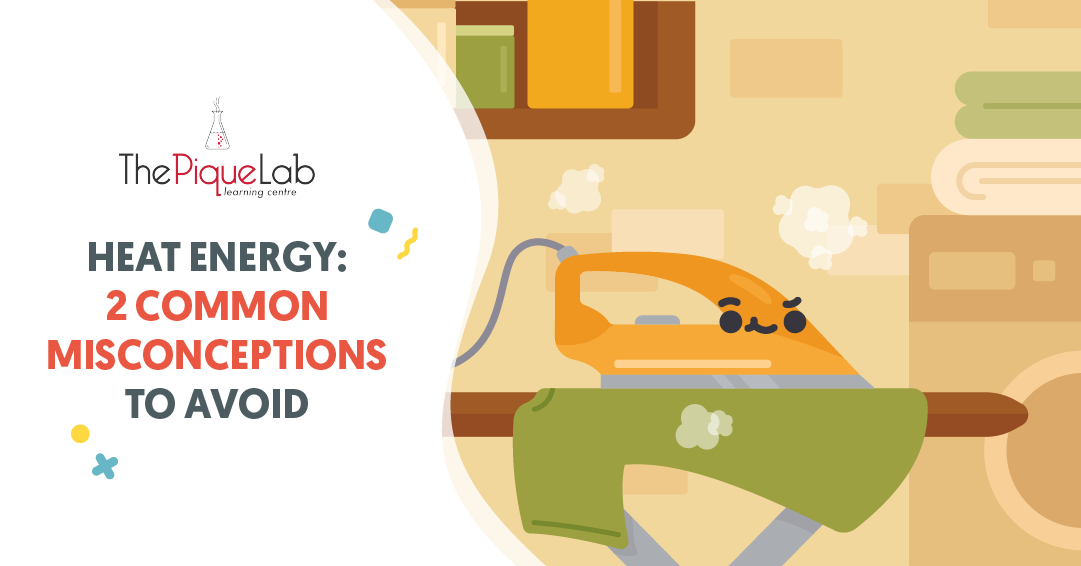Students learn the topic of Electricity in Primary 5 and many of them find the concepts involved to be confusing, especially when they are first exposed to this topic.
As such, over the next few articles, I will be sharing more about the concepts of Electricity that are commonly tested during examinations.
Read Also
In today’s article, I will be focusing on the arrangement of the wires in a bulb and relate that to how a bulb should be connected in a circuit.
Question
How Should The Bulb Be Connected To The Circuit For It To Light Up?
The following question is commonly encountered by students during tests.

Source: Anglo Chinese School Junior – 2015 P5 SA1 Examination Paper [Q18]
We can see that the key difference between the four options is the connection of the bulb(s) in the circuit.
Requirements Needed for a Bulb to Light Up

One wire is connected to the metal casing & one wire is connected to the metal tip

Example of a closed circuit
When the wires in the circuit are connected to the metal casing and metal tip of the bulb, there is a closed (or complete) circuit with the bulb. Electricity will be able to flow through the filament, causing the bulb to light up.
What Happens When Both Wires Are Connected To The Metal Tip/Metal Casing?
Scenario #1: Both wires are connected to the metal tip

Example of a circuit when the wires are connected only to the metal tip
When both wires are connected to the metal tip of the bulb, electricity is unable to flow through the filament, preventing the bulb from lighting up.
Scenario #2: Both wires are connected to the metal casing

Example of a circuit when the wires are connected only to the metal casing
When both wires are connected to the metal casing of the bulb, electricity is unable to flow through the filament, preventing the bulb from lighting up.
Now, let us now take a look at the question again.
Analysis Of The Options

Source: Anglo Chinese School Junior – 2015 P5 SA1 Examination Paper [Q18]
When analysing the circuits, students need to take note of one key point:
How is the bulb connected to the circuit?
In the following analysis, I have traced the pathway that electricity flows through (in red) as well so that it is easier to understand why the bulb lights up.
Circuit A

Both the metal casing and tip of the bulb are connected to the circuit, forming a closed circuit. Thus, electricity is able to flow through the wires in the circuit to the filament, allowing the bulb to light up.
Circuit B

Only the tip is connected to the circuit. Thus, electricity is unable to flow through the filament, preventing the bulb from lighting up.
Circuit C

Only the casing is connected to the circuit. Thus, electricity is unable to flow through the filament, preventing the bulb from lighting up.
Circuit D
Both the metal casing and tip of the two bulbs are connected to the circuit, forming a closed circuit. Thus, electricity is able to flow through the wires in the circuit to the filaments, allowing the bulbs to light up.
As the bulbs in circuits A and D will light up, the correct answer is Option 4.
What We Have Learnt Today
When students wish to find out if the bulb will light up, they should check the following:
Are both the metal casing and the tip of the bulb connected to the circuit?
If the answer to the question is ‘yes’, the bulb will light up. 🙂
In the next article, I will be sharing about the advantages and disadvantages of arranging bulbs in series and in parallel.
Stay tuned! 🙂

If you like our approach behind solving 'Electricity' questions, perhaps you may be interested to check out our upcoming Electrical Circuit Masterclass where we'll dive deep into several answering techniques and practice questions.
Click Here To Learn More About The Electrical Circuit Masterclass >>








